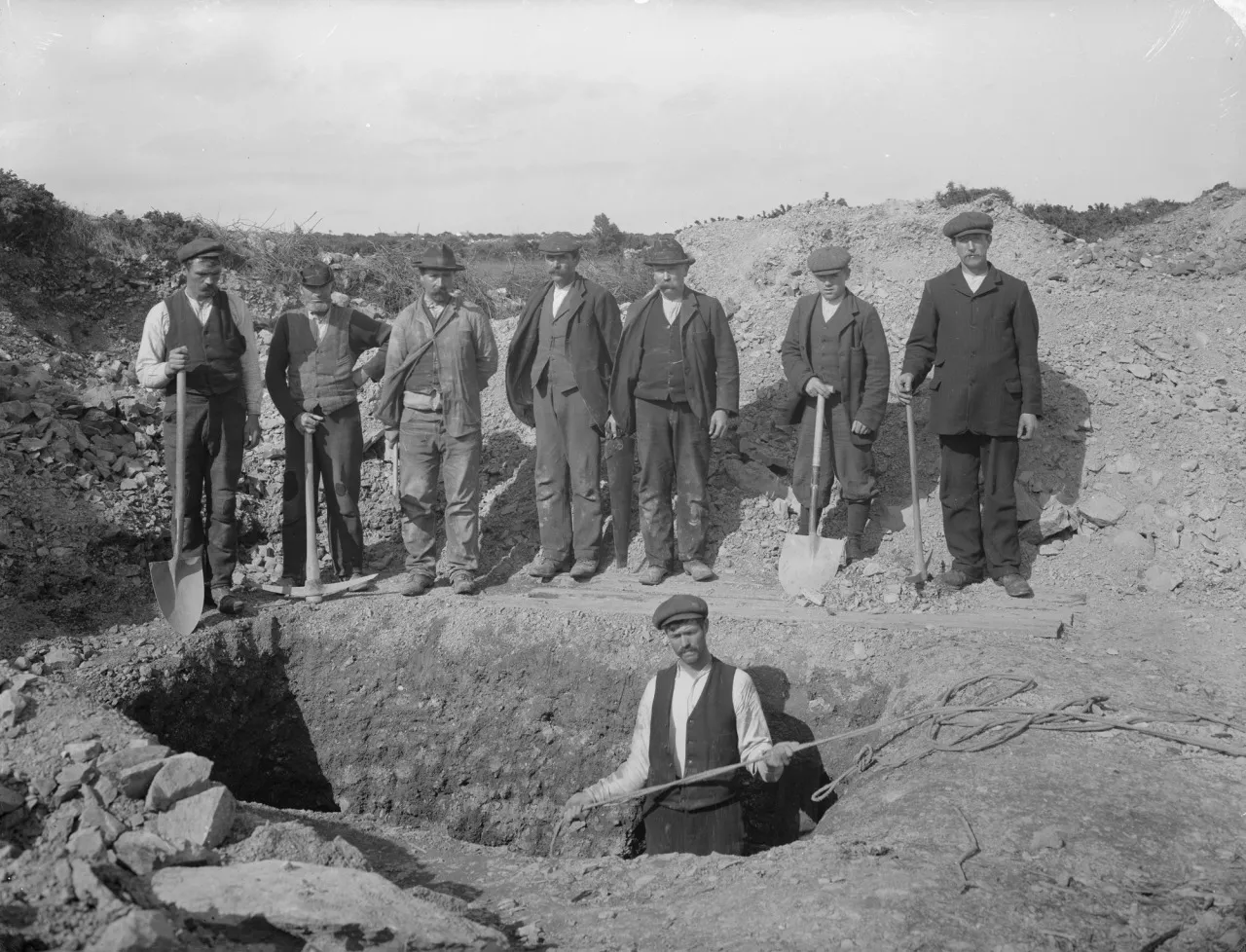
The following was written by Holacracy pioneer Brian Robertson as a foreword for the book “Getting Teams Done”, written by Marco Bogers and Diederick Janse. Getting Teams Done tells the story of how a manager and his team implement Holacracy to achieve increased clarity and flow at the team level, building on the principles of Getting Things Done (David Allen’s approach to individual clarity and flow). The book appeared in November of 2013 and is (currently) only available in Dutch. However, we loved Brian’s foreword so much that we decided to publish the original English text here, with his permission.
I’ve been a practitioner of Getting Things Done (GTD) for over ten years, and I love the clarity that practicing GTD has brought me. People often mistake GTD for just a cool way to organize lists, but I think the real secret sauce is that its distinctions and processes facilitate true clarity. The capacity to get clarity is the root of getting organized and certainly required for sustaining ‘mind like water’, as David Allen puts it. Once you can reliably and quickly generate clarity, productivity can’t help but flow from that ground.
When you work in a team though, good clarity individually is just not enough. If anything, it heightens the pain. Because once you taste clarity, you become much more aware of when things are not clear. A next-action may be clear enough, but who on the team should take that action? Whose area of responsibility is it? When do you involve someone else, and when do you just take action yourself? All of those questions point back to a single challenge: how do we get clarity between us?
Working in a team demands another layer of clarity, beyond just individual clarity. When that clarity is lacking, all sorts of dysfunctional behaviors emerge that limit a team’s productivity and flow. You may recognize some of them, because they happen in almost every team. One of them is seeking consensus or buy-in — when there’s a lack of clarity on what authority you have to move ahead, perhaps you try to get your colleagues on board before you act. Another symptom of this lack of clarity is when people are constantly sending emails that CC everybody else. This is often a sign that you don’t know who you actually need to talk to and why. Or maybe people are always looking to the boss to ‘bless’ a decision, because they’re not sure what authority they have to use their own best judgment. Another symptom of lack of clarity is when you get frustrated with your colleagues for not meeting some implicit expectation that seems natural to you, but which they don’t seem to share.
Earlier in my career, I was convinced there had to be a better way to work together. How do you get this ‘mind like water’ as a team, or even for the organization as a whole? That’s a pretty big question, and it took me a long time to answer it. After many years of experimentation, a new approach emerged, through my efforts and those of many others. Holacracy, as it came to be known, is a new “social technology” for governing and operating a team or an organization. As Holacracy evolved, GTD became more and more influential in its systems and processes. As David Allen put it, “The parallels between GTD & Holacracy are legion — this is a way to get organizational mind like water.” Holacracy takes everything that’s unclear or that’s not working as it could be, and channels it into clear and effective pathways to get clarity.
Some people mistake Holacracy for cool ways to run meetings, just like GTD often gets mistaken for cool ways to handle lists. But as any serious GTD practitioner knows, it’s actually about changing the way you think about your work. It gives you a new language of projects and next-actions, words that have different and more clear meaning with GTD than they commonly do. Similarly, Holacracy gives you a language for clarifying team expectations and responsibilities. It changes the way authority works, and how expectations are set. These things are not just outputs of cool meeting processes; they change the fundamental structure of how power and authority flow, and ultimately how work gets done day to day.
And what happens when you put that new clarity to work in your organization? In over ten years of practicing GTD, I’ve seen that work doesn’t decrease when I get better at processing my stuff into clarity and getting more done. Quite the opposite — when I have a really rockin’ system and a ‘mind like water’, that creates space for all sorts of new problems and challenges. The same is true for organizations. When Holacracy helps you generate organizational ‘mind like water’, it just invites a new level of challenges to show up. Holacracy helps teams to get more done. And it helps them to do it in flow, instead of through the stress and politics that characterize many teams today.
And so I invite you to dive into this book to learn about Holacracy, from two of its earliest supporters in the Netherlands, Diederick Janse and Marco Bogers. I suspect you’ll appreciate their perspectives if you hunger for more clarity and productivity in your team.
Enjoy the book!
Brian Robertson, pioneer of Holacracy®
Birchrunville, Pennsylvania
October 2013
To learn more about self-management, join a community of pioneers and check out our e-learning suite → Self-Management Accelerator
